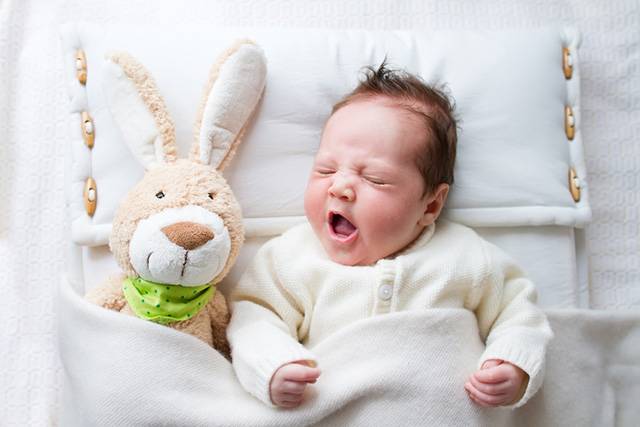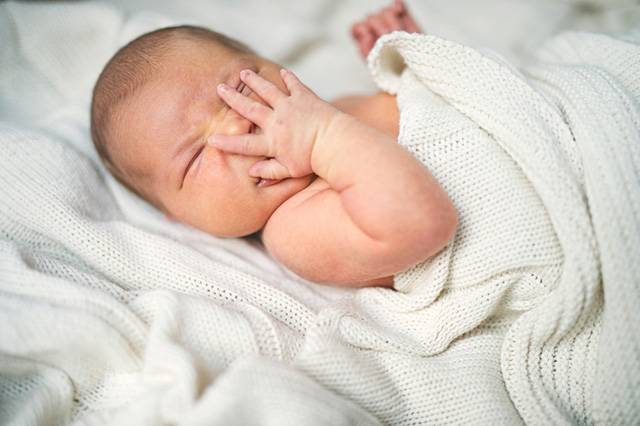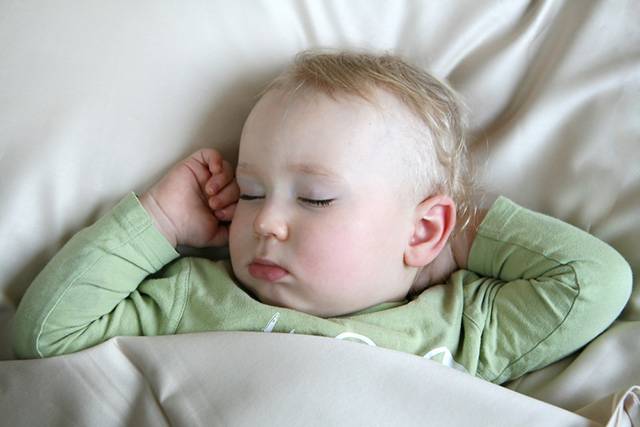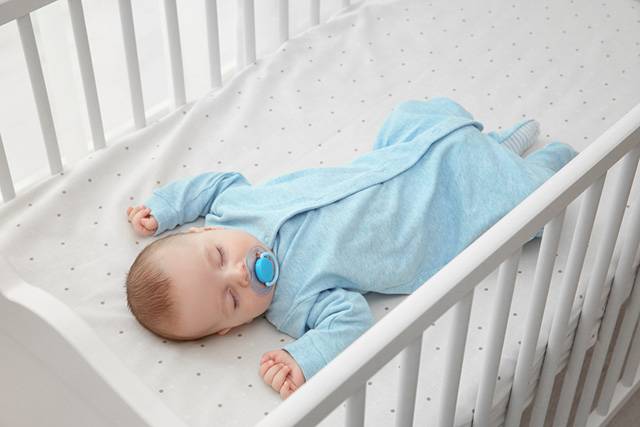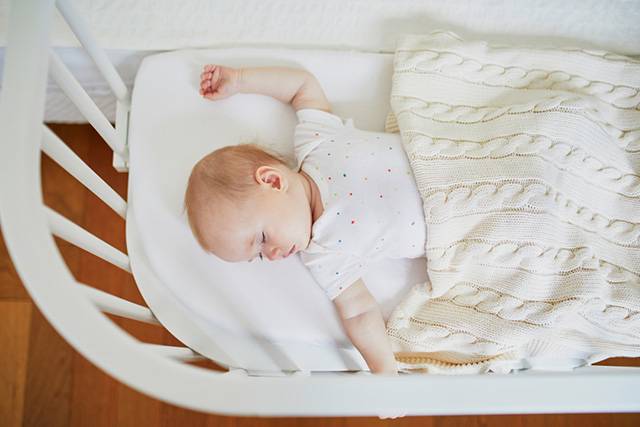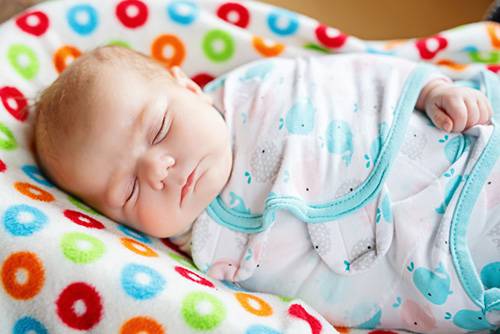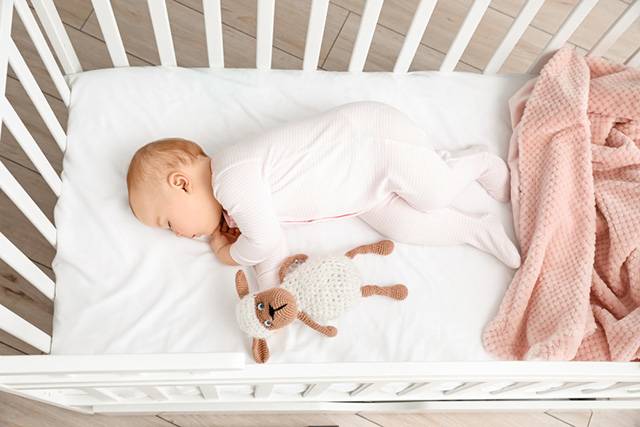One common concern that new parents have is whether their baby can sleep with a blanket. Becoming a new parent is a time of joy and excitement, though it can also be one of…dread? fear? confusion?
If it feels like your entire world has become a spiral of good parenting versus bad parenting, you’re not alone. In this article, we’ll discuss the dangers of introducing a blanket too soon, at what age your child can start sleeping with a blanket, and more information on how to keep Baby safe while they sleep.
Babies, Blankets, and SIDS
Sudden Infant Death Syndrome (SIDS) refers to the unexpected death of a baby under 12 months old. According to surveys analyzed by the American Academy of Pediatrics (AAP), 82% of SIDS cases are the result of suffocation; 69% of these suffocation deaths are caused by soft bedding.
Numbers don’t lie: Putting your baby to bed with a blanket can have tragic results.
Because children under a year old have limited control of their motor functions—and an inability to wake up when their breathing is obstructed—any type of loose bedding can pose great risk to them while they sleep. A little squirming around is all it takes to make the blanket shift upward to cover your baby’s mouth or nose, and they can suffocate or become strangulated without ever even waking up.
In a similar vein, having your baby sleep with a blanket can cause overheating (another common cause of SIDS). Later in this article, we’ll discuss how to keep Baby warm without a blanket.
When Can My Baby Sleep with a Blanket Then?
The AAP suggests waiting until your baby is at least one year old (12 months) before allowing them to sleep with a blanket. By this age, your baby will have much better motor skills and a functioning arousal system that will help prevent accidental suffocation.
While 12 months is a good benchmark, many experts recommend waiting until your baby is 18 months old before introducing a blanket or similar bedding items.
Baby’s Sleep Environment
Blankets aren’t the only thing you should keep out of your baby’s crib. In fact, the crib should be devoid of any objects until your baby reaches at least the 12-month mark. This means no blankets, no pillows, and no toys.
So, what’s a parent to do?
General Bed and Sleep Safety for Babies
Let’s start by going over a quick sleep safety checklist:
- An empty crib. As mentioned earlier, your baby’s crib should be totally empty to avoid suffocation, strangulation, or even choking.
- A firm mattress. For similar reasons, you should ensure that the mattress used for the crib is firm. A plush mattress can increase the risk of SIDS.
- A fitted sheet. It’s generally considered safe to have a fitted sheet for your baby’s crib. But make sure it’s well-secured with no potential for coming loose.
- A pacifier. A pacifier is the only item you should allow your baby to have with them in the crib. Studies have shown that it can reduce the risk of SIDS.
Checked all the boxes? Great!
Now we can discuss what to do once Baby is old enough for his or her first blanket.
- The blanket needs to be lightweight, breathable, and on the smaller side. A popular baby blanket material is muslin.
- The blanket must be securely tucked into the crib. This reduces the chances of the blanket covering your baby’s face.
- The blanket should cover their chest, not their face. For obvious reasons.
Finally, one more point is worth mentioning:
Your baby should ONLY sleep in their crib when unaccompanied.
Letting your baby sleep anywhere else is an extreme hazard. It might be tempting to have Baby sleep in your bed with you or to let him sleep on the sofa but doing so can have deadly results.
Keeping Baby Warm
If you’re afraid of your baby becoming too cold during the night, you have a couple of options.
- swaddle them
- dress them in footie pajamas or a sleep sack
Swaddling is a fantastic way to keep your baby both safe and warm. Keep in mind, however, that you should stop swaddling once he or she can roll over on their own (this usually occurs at the 2-month mark).
Footie pajamas and sleep sacks are both safe alternatives to a blanket; they keep your baby snug and warm while still allowing them to use their arms and legs if needed.
Whichever option you choose, experts recommend dressing your baby in one additional layer of clothing than you would comfortably wear in the room where the crib is situated.
Toys in Your Baby Crib
Toys are an essential part of childhood development, but leaving a favorite lovey in your baby’s crib can do more harm than good. Like blankets and pillows, toys can represent a range of risks—from suffocation and strangulation to choking.
Once your child reaches 12 or 18 months of age, you may begin to feel more comfortable leaving a toy or two in your baby’s crib—and this can, in fact, be a wise move on your part. Many children find solace in having a favorite toy or blanket with them in their parents’ absence, especially at bedtime. But there are a few key points to consider beforehand:
- Any toys in your child’s crib should be lightweight. This reduces the risk that he or she will struggle to push it away should it interfere with breathing.
- They should also lack any type of bows, ribbons, or strings. These can promote accidental choking or strangulation, so it’s best to avoid toys with these features.
- Toys for babies should have no small parts. Small parts (such as sewn-on buttons or detachable items) can pose a choking risk.
In short: Toys are excellent for development in childhood, but you should keep them out of your child’s crib until at least the 12-month mark. When you do introduce toys, ensure they meet basic safety standards for your child’s age: lightweight, no excess decoration, and no small parts.
The Bottom Line on Baby Sleeping with a Blanket
You now know that the best time for your baby to start sleeping with a blanket (and other soft items) is 12-18 months. You also have a better idea of why this is and how to make your baby’s first experience with a blanket a great one.
Let us know in the comments if you still have any questions about babies and blankets, or if you have a relevant story to share. We’d love to hear from you!
Photo credit: FamVeld/Shutterstock; Halfpoint/Shutterstock;
greenland/Shutterstock; Africa Studio/Shutterstock;
Ekaterina Pokrovsky/Shutterstock; Romrodphoto/Shutterstock;
Pixel-Shot/Shutterstock
